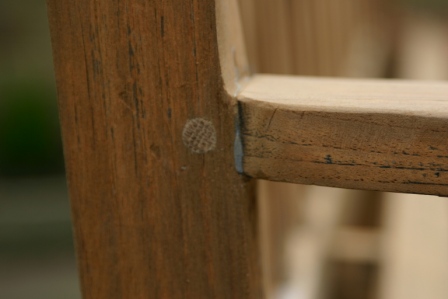kevin dwyer
Established Member
- Joined
- 16 Mar 2012
- Messages
- 100
- Reaction score
- 0
Here's two teak benches restored fairly recently. The first one I scrubbed clean and then lightly sanded, the second I just sanded clean. They are 50 years old and were not in particularly good shape. Both had rotten tenons at the back RHS so some woodwork was necessary. For the arms I cut a 3/4 inch slice out and replaced it with mahogany to give me a new tenon, slither is glued in with 3M aero epoxy. A new mahogany rail for under the seat slats on each bench and I sliced one bottom rail in half longways and laminated on a piece of oak. The benches were being stained with dark teak oil so I just used whatever wood was in the workshop.
The second bench had to be completely taken apart to get at a broken slat and some damage to the back rail where a small piece of oak is epoxied in. Any joints that didn't get taken apart had some expanding glue squeezed in and a peg.






The second bench had to be completely taken apart to get at a broken slat and some damage to the back rail where a small piece of oak is epoxied in. Any joints that didn't get taken apart had some expanding glue squeezed in and a peg.

















